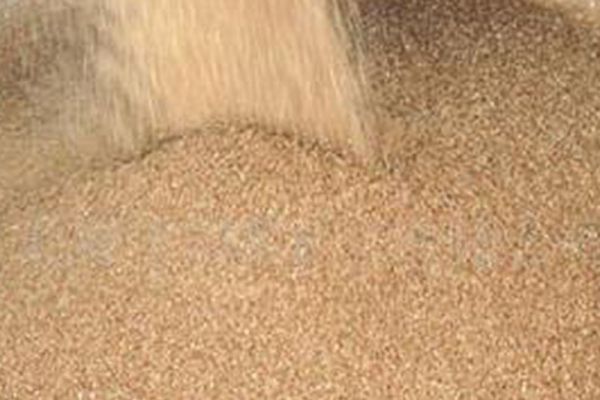Product Introduction
Zirconium ramming material is an amorphous refractory material with strong fluidity and easy operation and construction. It is composed of fused corundum aggregate particles and a small amount of additives. This product is easy to use, hardens at room temperature, has high high-temperature compressive strength, low thermal expansion and shrinkage rate, and strong resistance to solution erosion.
Refractory ramming materials are composed of high proportion granular and powdery materials, as well as low proportion binders and other components, and even all of them are composed of granular and powdery materials. They are loose materials that need to be constructed through strong ramming. Zirconium ramming material is an amorphous refractory material prepared by using phosphoric acid or acidic aluminum phosphate as a binder, zircon (or zircon with corundum) as refractory aggregate and powder, and adding an appropriate amount of sintering aids.
Features: It is an indefinite refractory material used for the sealing layer of glass and frit furnaces.
Zirconium ramming material is prepared in proportion using zirconium sand bone, powder, aluminum phosphate as a binder and admixture. It has low high-temperature thermal conductivity, good thermal shock resistance, chemical stability, good corrosion resistance to molten glass and liquid metal, stable operation in an oxidizing atmosphere, and does not react chemically with molten metal. It is an excellent thermal hardening amorphous refractory material. Widely used in fields such as glass furnace bottoms, steel ladles, and circulating vulcanization bed boilers.
Product features
(1) High temperature resistance and high compressive strength.
(2) Low thermal expansion and contraction rate.
(3) Strong resistance to glass solution erosion.
(4) Excellent thermal shock resistance.
(5) Can be pounded into any shape.
Product Usage
Zirconium ramming material is mainly used as a bottom lining under zirconia corundum mullite bricks for melting and casting in glass kilns. It can also be used as a filler for expansion joints in silicon brick masonry, as well as a transition layer material between silicon and high alumina refractory products, and as an inner lining for certain induction furnaces and melt flow channels.



